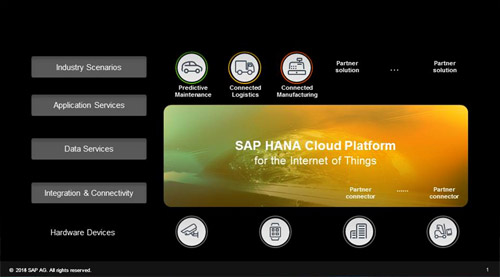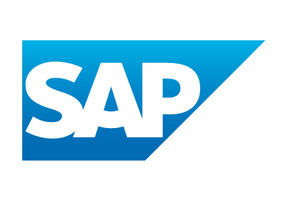For the enterprise to make revenue gains from the Internet of Things, companies need an end-to-end solution that ties the hardware layer – devices like sensors, instruments, and electronics – back to the enterprise core.
Remember the Internet fridge? Once upon a time, says Irfan Khan, it was the poster-child heralding the dawn of the Internet of Things (IoT), a brave new world when all consumer devices would be smart and connected – from fridges and washing machines to locks and sprinklers.
Ironically, while many of these connected devices are now available, consumer IoT remains a relatively small market. Apart from the popularity of a few products such as wearables and smart thermostats, it hasn’t really taken off.
The real IoT story is unfolding in the enterprise – and the best is yet to come. Gartner predicts the number of connected devices will reach 50 billion by 2020. And most of the revenue gains will come from the connected enterprise.

How can companies deploy enterprise IoT quickly, so they can start making these gains for themselves?
In anticipation of hyperscale and standardisation requirements for running SAP and partnered IoT scenarios, SAP has elected to strategically adopt well-established infrastructure as a service (IaaS) technology components like . These hyperscale technology foundations are tightly integrated with the HANA Cloud Platform environment, enabling a scalabile foundation to support the enterprise IoT requirements of the future.
Also, foreseeing the importance of IoT for our customers, SAP has already begun deploying a number of enterprise IoT applications, including SAP Connected Assets, SAP Connected Logistics, and SAP Connected Manufacturing. We’ve also extended our IoT services to include predictive analytics, telematics, geo-location, and more.
But this is only the tip of the enterprise IoT iceberg for SAP. The real value of IoT lies in its ability to be an agent of change – to fundamentally change
business models and, in the process, create new business opportunities currently beyond imagining.
To make this happen, business needs a true end-to-end IoT solution that can tie the hardware layer – the “things” of the Internet of Things – back to the core. Such a solution requires several distinct components, or five pillars, starting with the hardware layer and ending with apps and analytics:

Building on our existing IoT services and solutions, SAP is now launching an end-to-end portfolio of IoT solutions to help companies connect, transform, and reimagine how they do business. This portfolio includes four of the five pillars: Integration & Connectivity, Data and Application Services, and Industry Scenarios. The fifth pillar is the industry Hardware Devices. (e.g. machine sensors), in which SAP’s IoT solutions are tightly integrated.
SAP is one of the only companies in a position to provide the necessary components to deliver this portfolio of solutions. That’s because one of our key strengths is the ability to provide the infrastructure – the data and application platforms, as well as the connectivity layer – to enable businesses to securely tap into a network of millions of connected devices.
We can – quite literally – connect any device to any customer business process, and connect any device to the business network, which is enabled by Ariba, an SAP company. These strengths enable our customers to connect the core of their business to the edge of the network, transform their existing business processes to gain operational efficiencies, and reimagine their businesses to create new revenue models, products, and services.
Since no other company can do all of that, the sky’s the limit for our customers, who will gain faster delivery of IoT business value – through better support for cost-efficient and quick development of SAP IoT applications, through private cloud deployments that enable them to run their own device cloud, through the ability to operate a device cloud for end-users … and the list goes on. They can move from merely reacting to sensing, monitoring, analysing, predicting, prescribing, and, finally, acting.
We recognise that we can’t work alone to enable enterprises to capture the breakthrough benefits unlocked by IoT, so we are partnering with companies offering best-of-breed software, hardware, and systems integration capabilities. Our partner ecosystem for IoT already includes companies such as Jasper, Accenture, T-Systems, Volkswagen, and Shell. To further enable end-to-end enterprise IoT for more customers, we are now partnering with Siemens and Intel.
With Siemens, our aim is to simplify the path to the IoT for industrial customers. This will be achieved by co-developing on the SAP HANA Cloud Platform – to make Siemens Cloud for Industry powered by SAP HANA available to industrial customers worldwide.
Intel brings an platform to seamlessly manage, connect, and secure devices on the edge. We are partnering with Intel to simplify, secure and scale the IoT for the enterprise, initially focusing on solutions for retail, oil and gas, transportation, manufacturing, and utilities.
With our strong partner ecosystem, recent platform and applications launches, and recent successes with customers, we are well on our way to establish a position in the IoT market. The sum of this IoT initiative is far greater than the parts. The result of linking IoT end-to-end is a new intelligence at the edge, combined with optimised business processes and game-changing business networks.
This is the real revolution.
The author is Irfan Khan in SAP Business Trends










